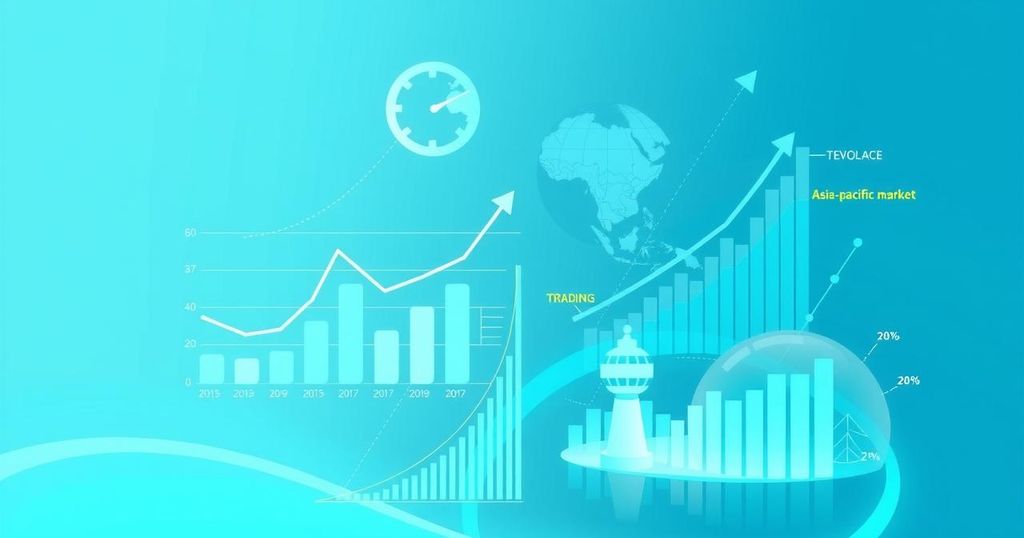Business
Companies
economics
ABANDONS EXISTING IMF PROGRAMME IN PURSUIT OF NEW LOAN, AFRICA, ANGOLA, ASIA, BANKING, EFF, EXTENDED CREDIT FACILITY, GLOBAL ECONOMY, HAIMANOT TEFERRA, IM, INTEREST RATES, INTERNATIONAL MONETARY FUND, INVESTMENT, IVORY COAST, JOB CREATION, KENYA, NORTH AMERICA, UNITED ARAB EMIRATES, UNITED STATES, WORKFORCE REDUCTION
Fatima Khan
0 Comments
Kenya Ends IMF Program in Search of New Loan Agreement
Kenya is abandoning its current IMF program to negotiate a new loan agreement amid rising debt repayment costs and economic challenges. The IMF has acknowledged the request for a new program. The country’s dollar bonds have declined following this news, raising concerns over financial stability.
Kenya has decided to negotiate a new lending agreement with the International Monetary Fund (IMF) while discontinuing its current lending program. The decision comes as the nation faces significant economic difficulties stemming from escalating debt repayment costs, resulting from extended periods of government borrowing. The IMF has acknowledged receipt of an official request from Kenyan authorities for a new program and will engage in further discussions regarding this matter.
In a recent statement following a visit to Nairobi, the IMF confirmed the cessation of the ninth review of the existing Extended Fund Facility (EFF) and Extended Credit Facility (ECF) programs. The ongoing $3.6 billion arrangement has disbursed $3.12 billion thus far, with an additional $480 million anticipated if the ninth review had continued. However, the ramifications of halting the review have not been disclosed by either the IMF or Kenyan officials.
Following the announcement, Kenyan dollar bonds experienced a decline, with the 2032 and 2048 maturities losing over one cent each, trading at 90.136 and 80.173 cents per dollar, respectively. Certain maturities reached their lowest values in six months. Notably, the IMF’s statement did not address Kenya’s Resilience and Sustainability Facility, which was approved in July 2023; by October of the previous year, $180.4 million of the $541.3 million total had been disbursed under this program.
The specifics of the new program remain uncertain, including whether it would entail direct lending or simply advisory support. Concurrently, Kenya is facing economic challenges, exacerbated by recent anti-tax protests and disputes over borrowing strategies, particularly a contentious loan from the United Arab Emirates. The government is actively seeking alternative funding sources, including increased domestic revenue collection, to fulfill debt obligations and finance critical sectors such as climate adaptation.
As of June 2023, Kenya’s debt-to-GDP ratio stood at 65.7%, significantly exceeding the sustainable threshold of 55%. To manage refinancing of maturing debts while safeguarding essential public services such as healthcare, Kenya has joined other African nations, including Ivory Coast and Angola, in issuing bonds.
In summary, Kenya’s abandonment of the current IMF program marks a significant shift in its economic strategy as it seeks to negotiate a new agreement. The country’s rising debt repayment costs and ongoing economic challenges highlight the urgency of securing alternative funding sources. As the situation develops, the implications for Kenya’s financial stability and essential public services remain closely monitored.
Original Source: newscentral.africa




Post Comment